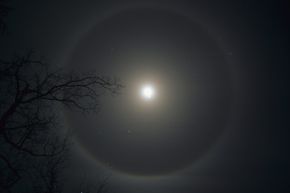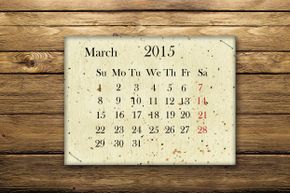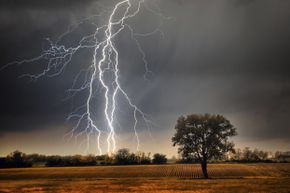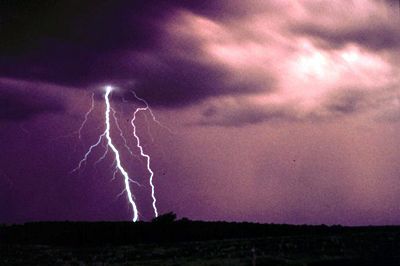Key Takeaways
- "Red sky at night, sailors' delight; red sky in the morning, sailors take warning" has scientific basis, as the color of the sky can indicate the type of weather approaching, especially in the middle latitudes where weather typically moves from west to east.
- Feeling pain in bones or joints can sometimes predict bad weather due to changes in barometric pressure affecting body tissues, a connection that some studies have found statistically significant.
- Using crickets as thermometers is a scientifically sound method where the rate of cricket chirps correlates with temperature; a formula can even calculate the temperature based on chirp rates.
Weather forecasting was one of the first sciences tackled by early cultures, and it's easy to see why. Everything from vital crops to conquering armies succeeded or failed on the whims of the weather. Ages passed before atmospheric augury moved from the province of prophecy to the scientific sphere, but farmers, sailors and soldiers were not content to wait. Thus, lacking sophisticated instruments, coordinated observatories or rapid communications, they based their forecasts on inherited idioms and timeworn lore.
In the West, these early rules of thumb gave way first to natural philosophy, exemplified by Aristotle's rigorous but flawed Earth studies compendium "Meteorologica." Much later, scientific theories born of compiled observations would establish modern meteorology.
Advertisement
In the meantime, superstitions continued to guide human enterprises, sometimes in surprising ways. According to some historians and geographers, the erroneous claim that "rain follows the plow" -- that is, that cultivated land attracts more precipitation -- supported, and perhaps helped drive, the westward expansion of America [source: Ferrill].
Confirmed, busted or plausible, weather myths die hard, so we've compiled a list of 10 that we're confident hold water. Some are as warm and familiar as a summer wind, while others, we hope, are as shocking as a bolt from the blue.












